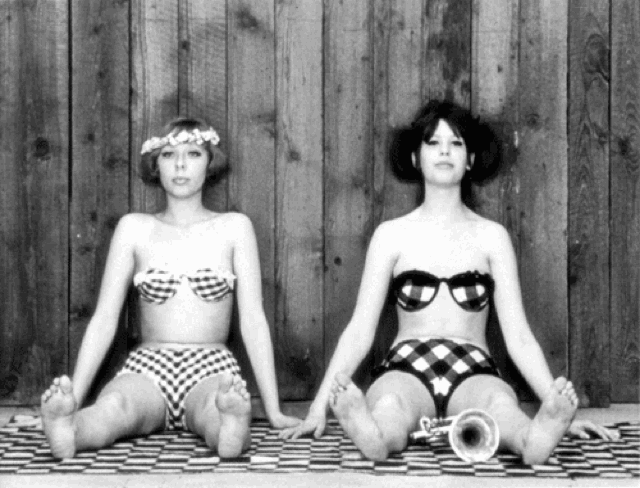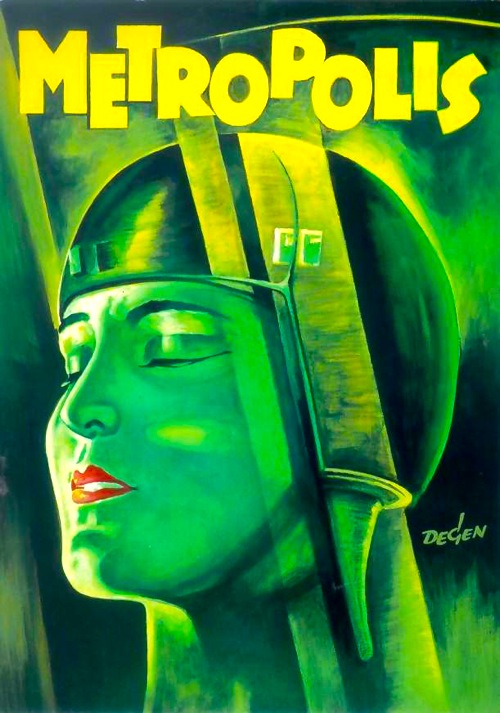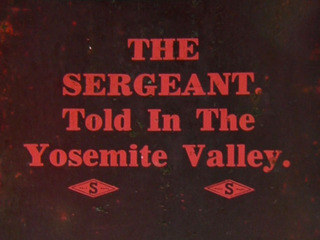By Jennifer Baldwin. The Boomers love making TV shows and movies about the 1960s; it fulfills their narcissistic desire to relive their own adolescence and young adulthood – and it makes their generation seem “important,” the most important generation of all. Naturally, most of these shows and movies about the turbulent 60s approach the era from the point of view of young people: teenagers, college students, the youth movement and the hippie scene.
 The reason AMC’s original series Mad Men was such a sensation when it debuted four seasons ago, and what continues to make it one of the best shows on TV, is that it approaches the 1960s from a somewhat different angle. It’s the angle of men in suits, women in tasteful and elegant clothing, cocktails and business meetings – in other words, the world of grown ups. This is the 1960s from the point of view of the adults. What makes the show so brilliant is that by focusing on the adults of the era it shows where the real breakdown of society occurred in the 60s: not with the kids, but with their parents.
The reason AMC’s original series Mad Men was such a sensation when it debuted four seasons ago, and what continues to make it one of the best shows on TV, is that it approaches the 1960s from a somewhat different angle. It’s the angle of men in suits, women in tasteful and elegant clothing, cocktails and business meetings – in other words, the world of grown ups. This is the 1960s from the point of view of the adults. What makes the show so brilliant is that by focusing on the adults of the era it shows where the real breakdown of society occurred in the 60s: not with the kids, but with their parents.
Kids will always rebel, in any era, in any time period. It’s part of our adolescent development to test boundaries and question our world. But it’s up to the adults in a society to maintain civilization in the face of this adolescent upheaval. Where the 60s went wrong – where the rot set in – wasn’t that the youth started tuning out and turning on, it’s that the adults did as well.
At the end of the third season, there was quite a lot of upheaval in the adult world of Don Draper (Jon Hamm) and his cohorts: JFK was assassinated; Betty (January Jones) went to Reno to divorce Don and remarry Rockefeller Republican Henry Francis (Christopher Stanley); British firm Putnam Powell and Lowe were preparing to sell Sterling Cooper; and in perhaps the most exhilarating finale of the show’s entire run, Don, Roger (John Slattery), Bert Cooper (Robert Morse), and English newcomer Lane Pryce (Jared Harris) all joined forces and left Sterling Cooper to form their own advertising agency (Sterling Cooper Draper Pryce) – taking Peggy (Elisabeth Moss), Pete (Vincent Kartheiser), Joan (Christina Hendricks), and Harry (Rich Sommer) along with them.
Season three ended with the show going through such a radical change that fans have been anxiously waiting to see just where things would pick up in season four. Would Sterling-Cooper-Draper-Pryce still be in existence and would they be successful? Would Betty finalize her divorce and marry Henry? Would Don be happy in his new role as bachelor and big shot creative director and face of the company at his new “scrappy underdog” agency?
 In the season four premiere, “Public Relations,” Matt Weiner has jumped ahead one year in the story – to Thanksgiving, 1964 – and the changes we witnessed in the last episode of season three are now in full bloom. Weiner doesn’t reset anything. Don is living the bachelor life; Sterling Cooper Draper Pryce is now an established agency (though not without the headaches and anxieties of being a small upstart); Betty is remarried to Henry Francis; and Don Draper is faced with a new professional challenge: promoting himself.
In the season four premiere, “Public Relations,” Matt Weiner has jumped ahead one year in the story – to Thanksgiving, 1964 – and the changes we witnessed in the last episode of season three are now in full bloom. Weiner doesn’t reset anything. Don is living the bachelor life; Sterling Cooper Draper Pryce is now an established agency (though not without the headaches and anxieties of being a small upstart); Betty is remarried to Henry Francis; and Don Draper is faced with a new professional challenge: promoting himself.
In the past, Draper has always emphasized that the goal of advertising is, first and foremost, to sell the product. An ad may be cute or clever, but if it doesn’t sell the product, it’s worthless.
Now in season four, Don is confronted with a new paradigm. He’s not just selling other people’s products; he must sell himself. It’s an uncomfortable role for a man who has stolen another man’s name, a man who has spent most of his adult life constructing a new identity for himself. As we open the episode, a reporter for Advertising Age is interviewing Don, asking him, “Who is Don Draper?” Don can’t/won’t answer that question. He says he’s from the Midwest where he was taught that it wasn’t polite to talk about oneself. Don’s trying to be modest, to remain the man behind the scenes who is just doing his job.
But when the article comes out mid-way through the episode, the reporter has mistaken Don’s modesty for aloofness, his humility and professionalism for coldness and mystery – and mystery is a killer for someone who is trying to be a salesman. It’s a huge misstep for Don, because as Roger and others point out, Don is the agency’s biggest asset – he needs to sell himself to the world in order for Sterling Cooper Draper Pryce to get more business.
The thematic counterpoint to this storyline is the plot with the Jentzen bathing suit executives, who make two-piece bathing suits (not “bikinis,” as the prudish executives are always pointing out) and who want to sell their suits without resorting to salacious sexiness the way their bikini-making competitors do. Again, the theme here is modesty. Whether it’s modesty in dress or modesty in terms of humility, this first episode is drawing a contrast between the traditional way of thinking and the new, more “authentic” way of thinking. The world is becoming more sensationalized, more in your face. It’s about not holding back anymore when it comes to your wants and desires. It’s about, as Don puts it to the Jentzen men, “would you rather be comfortable and dead, or risky and possibly rich?” In other words, standards, decorum, modesty – these are the things which must be sacrificed in order to stand out in the world, and standing out in the world is what will get people’s attention, and getting people’s attention is the key to success. Continue reading Mad Men Season Four Premiere: “Public Relations”













